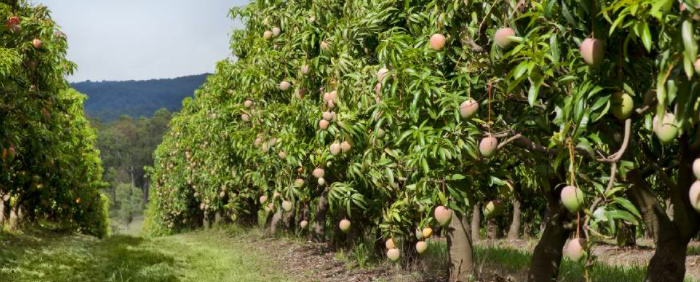
Originally from southern Asia, the mango tree (magnifera indica) is grown mainly in the tropics for its sweet, fleshy fruit, rich in vitamin C: mango. This fruit tree can grow up to 25 meters in height.
Characteristics of the mango
The mango tree belongs to the family Anacardiaceae, which includes pistachio, cotinus and sumac. It is distinguished by its large evergreen leaves of 30 cm of bright green. Very productive when he is about twenty years old, the mango tree can live more than 100 years.
Mango culture
The mango tree likes heat and humidity. He only produces fruit after his sixth year. It is hard to resist frost, so it is grown mainly in South America, Africa and Central America. It is possible to grow a mango tree in our climates indoors or in a veranda as an ornamental tree, but it remains very sensitive to temperature variations and diseases.
Sowing of mango
There are two methods to obtain a mango plant . The first is to wrap a moist cotton core and let the seed appear. The second asks to open the kernel to harvest the kernel inside. Sprouted core or almond then replant in a mixture of rich and moist potting soil. The pot should be placed in a warm, bright place to promote recovery.
Varieties of mangoes
There are 500 varieties of mangoes: Amelie with orange-green skin, Kent with yellow-green skin tinged with red, Haden with yellow skin colored with red and Tomy Atkins with dark green and purple skin. The smaller ones have a tangy taste and are fibrous. Depending on the variety, the mangoes are of different colors: green, yellow, orange or red and can weigh up to 2 kg. They are eaten cooked or raw and are often marketed in the form of fruit juice. Mango is rich in water, carbohydrates and vitamins (A, B and C).